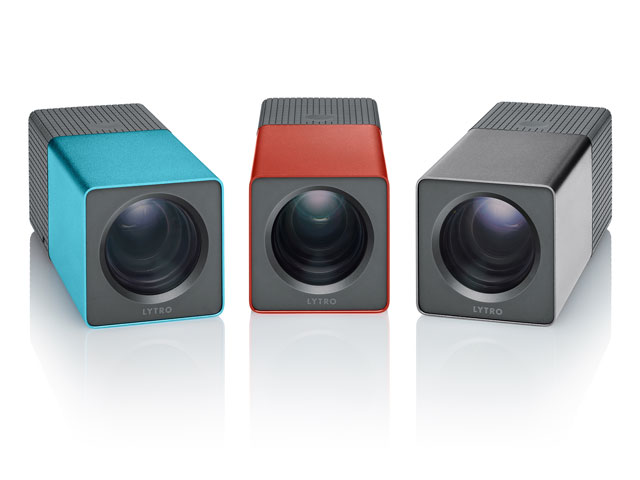
Launched last year and recently shipped, the Lytro camera is a revolutionary camera from Lytro Inc. which uses light field technology. The main selling point is that it allows you to readjust the focus of an image after it’s been taken, thereby eliminating the blurry shots that supposedly plague consumers.
Following its announcement, there were a lot of interest surrounding it, and many people, including my non-photographer friends were raving about how impressive the technology was. My photographer friends and I were however, unexcited. Some pundits are even decrying the death of photography as an art form as this encourages the “spray and pray” attitude when taking photos.
Conceptually, this sounds like a great idea. You can now shoot without a thought of where the focus point is, and then adjust later. How much nicer can that be?
Well, consumer digital cameras and camera phones like the iPhone 4S now takes very high quality pictures. I’ve noticed that most of the blurred shots I’ve seen are actually blurred due to camera shake and not the camera mis-focussing. They also tend to be taken in less-than-ideal situations (e.g. in a bar) which gives rise to slow shutter speeds, causing the camera shake.
Such cameras have small sensors and a very deep depth of field, which makes pretty much everything sharp. In fact, it has so much depth of field that trying to create a portrait with a blurred background (i.e. bokeh) is quite an impossible task under most situations. Image stabilisation technology is also helping to eliminate camera shakes (to a certain extent) and reduce the chances of blurred pictures due to camera shake.
This reduces the practical use of the Lytro’s “focus after you shoot”. And unlike a conventional camera, whereby you can actually get a picture of everything being sharp by using a smaller aperture, photos taken by the Lytro always have a sharp and a blurred portion, similar to pictures taken with a wide-open aperture. Do you really want every picture to look like that?
Secondly, there’s the post-processing (aka selecting the focus point) after you shoot. It’s already quite hard to convince the average consumer to shoot in the superior RAW format (if their camera supports it) as it’s just too much work for them. The last thing they want to do after a trip is to edit 1,000 pictures. So most pictures are uploaded straight to FaceBook, etc, including the unrotated ones. One might argue that you don’t have to edit, but doesn’t this make the “focus after the fact” feature useless then?
Thirdly, the Lytro takes photos at a resolution of only 1080×1080, slightly less than 1.2 megapixels, good enough only for the web. Though megapixels alone does not make a great feature, this is a very low resolution by today’s standards. Any modern smartphone and compact camera can take very high quality, sharp photos compared to the Lytro. In fact, Nokia has just announced the 41 megapixel 808 PureView phone.
Lastly, there’s the ergonomics of the camera itself. Unconventionally shaped, it makes holding it difficult. The small low-res touchscreen LCD (26mm x 26mm with only 49,000 dots) makes image reviewing difficult. It’s possibly also difficult to select the focus point from the such a small screen when shooting.
In conclusion, I think this is a great idea on paper, but it needs a lot more refinement to be really successful. Right now, I think it’s only a novelty/gimmicky product.
2 comments